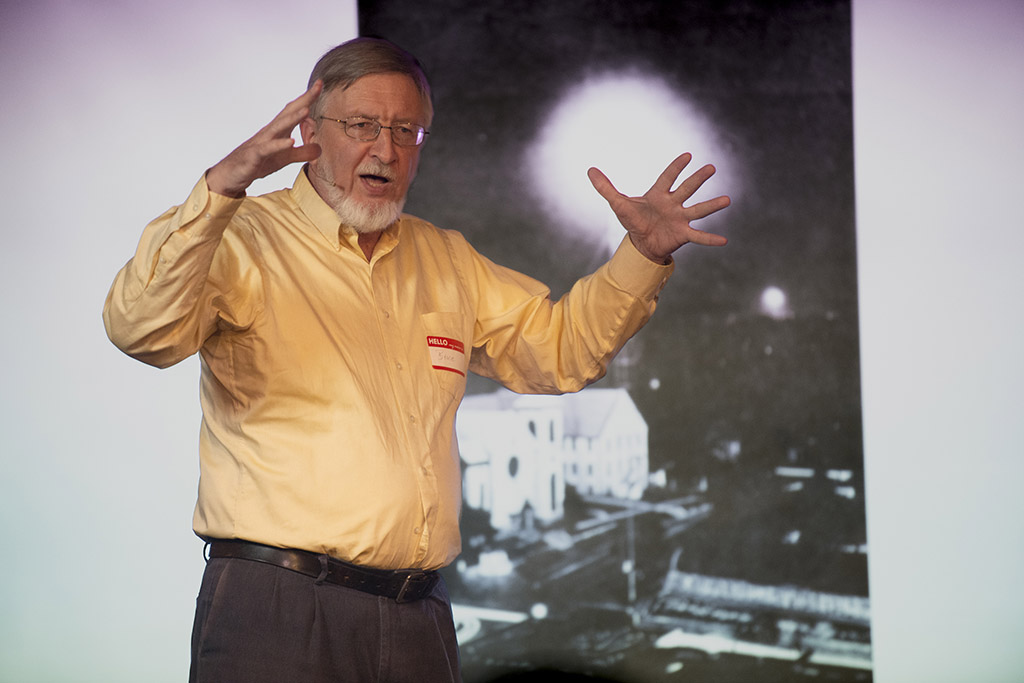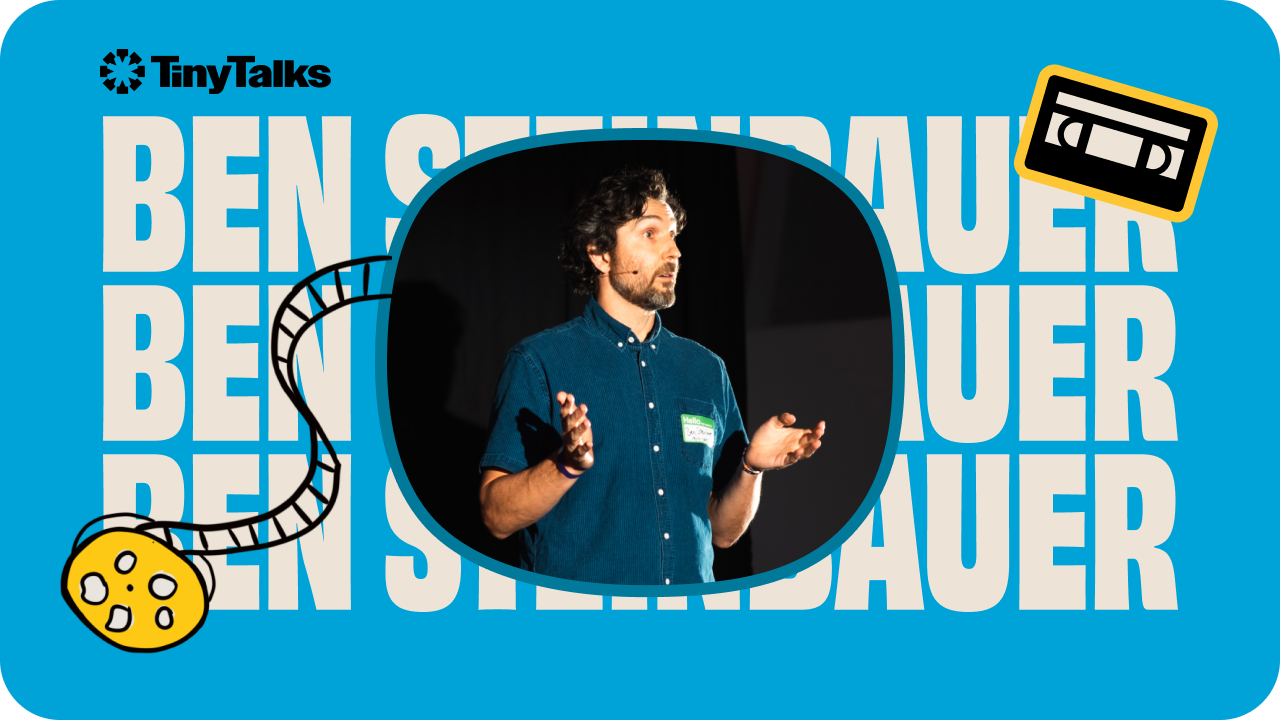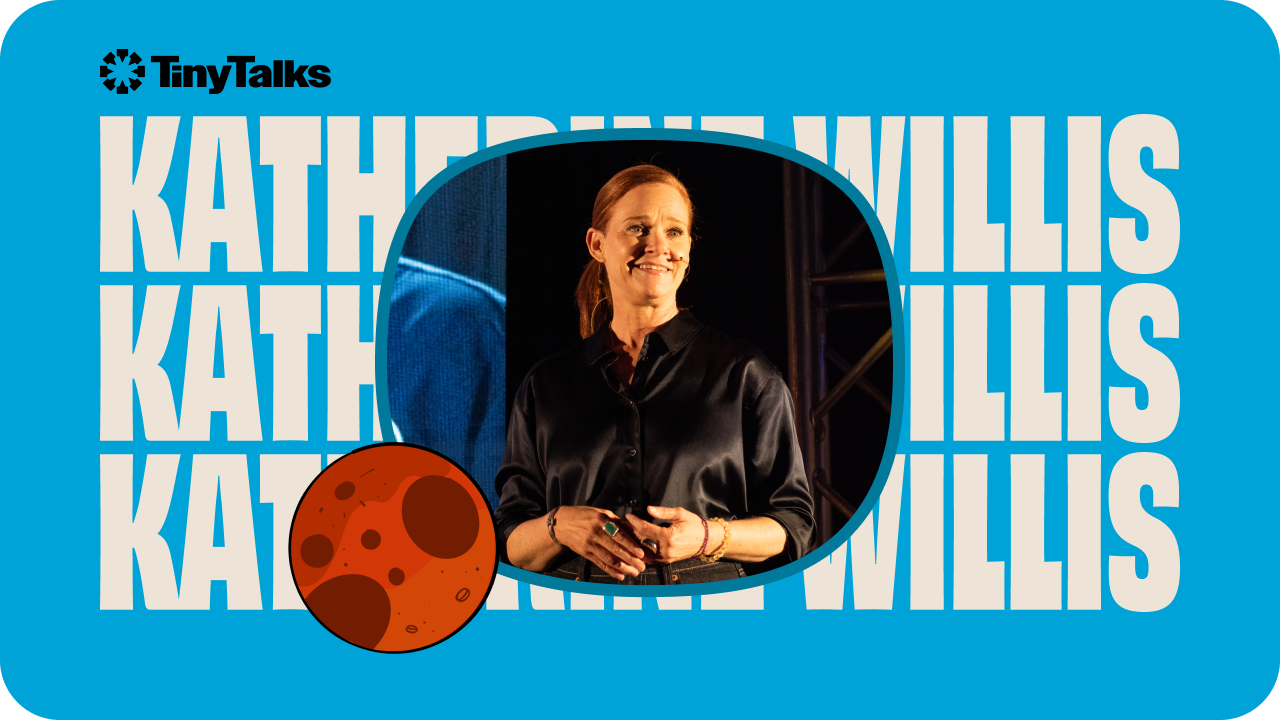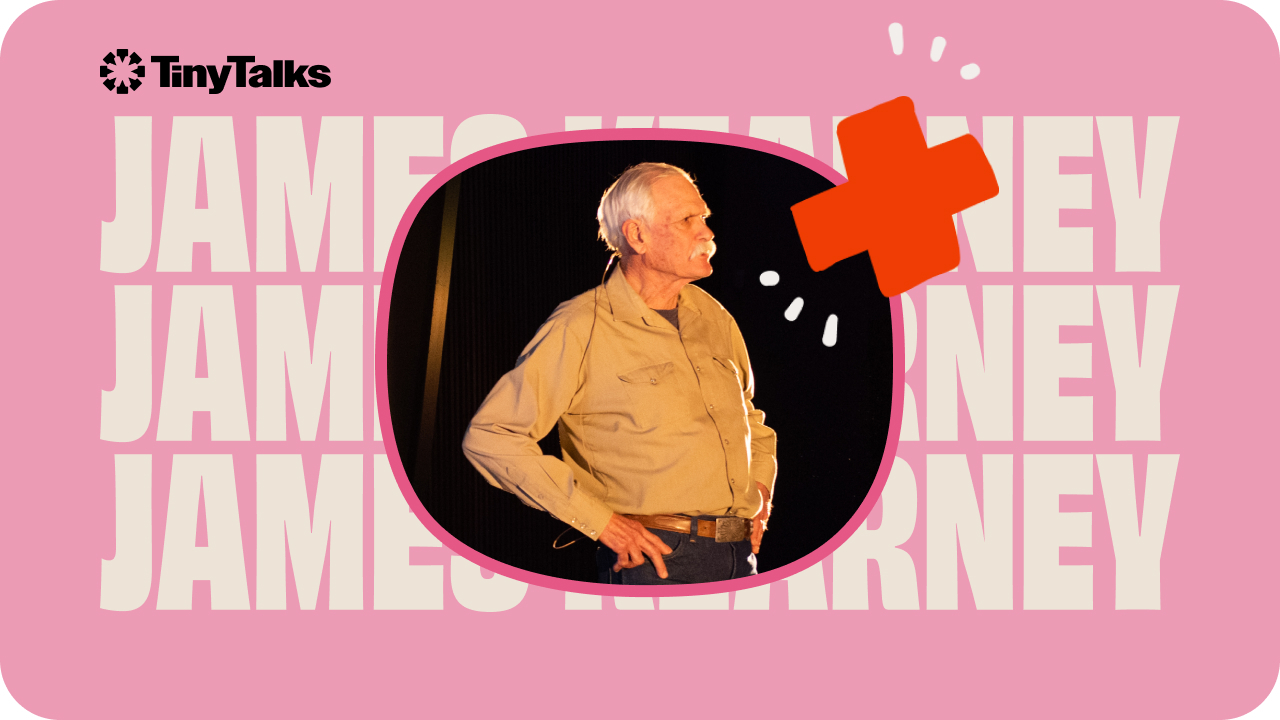Austin’s Moonlight Towers
Transcript
Speaker 1:
Iconic part of Austin, the Moonlight Towers. Everybody’s heard of them. Most people don’t know much about them or why they exist or what their history is. So that’s what I want to talk about a little this evening.
Speaker 1:
Austin’s the only place in the world that still has moonlight towers, but they used to be really quite common. What’s the story of Moonlight Towers? It goes back to the arc light, which was the first kind of electric light, really more than 200 years ago. Basically, a really powerful electric spark between two carbon electrodes. And the thing about arc lights is they’re extraordinarily bright. They’re thing you sort of thing you use in searchlights, and you can’t make a small one. You have to be a sort of minimum size to work at all. So if you put them at street level, they’d be blinding. So in the 1880s, people got the bright idea of putting them up on towers, so it spread the light around.
Speaker 1:
This is in Detroit. Detroit had a very extensive system of these arc light towers, and if you look at it looks an awful lot like Austin’s Moonlight Towers. And in fact, the story got around that Austin bought its moonlight towers secondhand from Detroit. That turns out not to be true. So say a little more about later. So why did Austin have moonlight towers? It goes back to this project, an industrial development project of the 1890s. Austin was a little town, about 15,000 people and not very prosperous really, in 1890. And to try to get the city going, the citizens voted to put themselves enormously in debt to build a dam on the river, the west side of town. What’s now where Tom Miller Dam is hoping that this would provide industrial power for cotton mills and also electrical power for the new technology of the day, electric light and power.
Speaker 1:
And the dam was completed in 1893. You can see it here. Built, produced a nice lake, what’s now Lake Austin. Powerhouse was completed a couple of years later. And you can see one of the first moonlight towers was erected there by the dam. It was never the big success that people hoped. It didn’t draw in a bunch of cotton mills and so forth, but it did lead to some electrification of the city. Actually, the first moonlight tower to be lit up was the one in Hyde Park, 41st and Speedway. Hyde Park has changed a lot since then. But Monroe Shipe, who was the developer of Hyde Park, a classic streetcar suburb, basically to promote it, got the Moonlight Tower, hooked up to the power for the streetcar, lit it up in the summer of 1894. And it was a big spectacle and a good selling point.
Speaker 1:
As I said, Hyde Park has changed some since the 1890s. This is the same tower today. It’s one of eight towers. It’s still in the original location. Through the second half of the 1890s, Austin wasn’t exactly thriving, but it was doing okay, and people were excited and pleased with the electric light and power that was provided. But then April of 1900, a flood washed out the dam, destroyed Austin’s hopes of prosperity, left the city deeply in debt, killed quite a few people, and of course wiped out the powerhouse, completely destroyed it, plunged the city back into darkness.
Speaker 1:
The light towers had no electricity and so they went dark. The street cars had no electricity, so they brought back the mules to pull them. You can see the base of one of the moonlight towers here as well. But very importantly, in the wake of the flood and the breaking of the dam, the citizens of Austin through the city council, voted to not sell out to a private electric company, but to continue to have a city-owned municipal utility they built. They bought and built a steam-powered power plant. And ever since then, Austin has had a city owned municipal utility. What’s now Austin Energy rather than a private corporation.
Speaker 1:
Well, the city was kind of on its back as far as finances. Most other places in the country gave up on their moonlight towers and their arc light towers by about 1910 or 1920. But Austin couldn’t afford to replace them with anything better really, and kept them. They were a nuisance really to maintain. In the early days, you had to go up. You can see the guy with this sort of pulley system. Someone had to go to the top of the tower every day to change the arc light electrodes in the early days. They improved that some later, but by the 1920s, they still had the arc lights. I mean, they still had the moonlight towers. They replaced the arc lights with incandescent lights. And then in the 1930s with mercury vapor lights, which gave a sort of soft blue glow. And that’s when people started to call them the Moonlight Towers.
Speaker 1:
It’s moonlight every night in Austin, and that’s when the name Moonlight Towers starts to catch on. Now here I’ll mention a couple of three misconceptions that they were bought secondhand from Detroit. No, they were bought new. The second one that viewed from above, they looked like a Texas star. Sorry, but it’s not true. They put them where they did just to light up the neighborhoods where they wanted. There were 31 towers initially. And then the third of the misconceptions is one that you’ll see here quite a bit.
Speaker 1:
In 1885, Austin was struck by a really horrible series of murders. The so-called Servant Girl Annihilator Murders. Eight women, well, one man, but eight people were killed in horrible acts murders in the middle of the night. And you’ll hear the story that, well, it was in response to these that the city then invested in the moonlight towers to light up the night and prevent crime. Sorry, but that’s not true. It was 10 years later and nobody says anything about the servant girl. And [inaudible 00:06:02] her murders at the time in the Moonlight Towers.
Speaker 1:
On a happier note, everybody’s favorite Moonlight Tower is the Zilker Christmas tree. In the 1950s, one of the towers was moved from downtown out to Zilker Park and when the Trail of Lights was started, you can see that in the background, was started in the sixties. Somebody got the bright idea of stringing colored lights from the top of the tower to make it look like a giant Christmas tree. And ever since then, it’s been a sort of rite of passage for kids in Austin to stand under the Zilker Christmas tree and spin around until you get dizzy and fall over.
Speaker 1:
The other famous Moonlight Tower is one that never really existed, or only as a movie prop. Richard Linklater is well-known 1993 movie, Dazed and Confused has an important scene that’s set as Matthew McConaughey in his first movie role says, Party at the Moon Tower. Party at the Moon Tower. Well, Linklater went to high school in Huntsville in East Texas on the edge of the Piney Woods, and he and his buddies would go hang out. We might say, drink beer at a disused fire lookout tower outside of Huntsville. And so when he transposed the story to Austin, he latched onto the Moonlight Towers as the sort of next best thing and sets an important scene on top of the Moon Tower, as they say, where these guys are sitting around drinking and smoking on the top of what was really about a 20-foot tower that they built at a park.
Speaker 1:
You wouldn’t really want to have a party at the top of a moon tower. That’s too small and frankly, a really scary place to be unless you’re a trained guy. But the name Moon Tower really has caught on since then, or really about the last 10 years. And so all over town you’ll see the Moon Tower or comedy festival, moon Tower Saloon, moon Tower design and build Moon Tower apartments in West Campus, even the Moon Tower Church where people have latched onto the moon towers as they’re now almost universally called as this kind of iconic part of Austin. One of the things that we might say helps to keep Austin weird.


















































